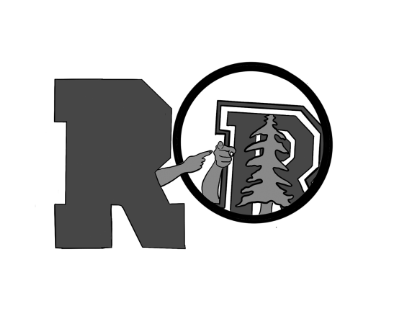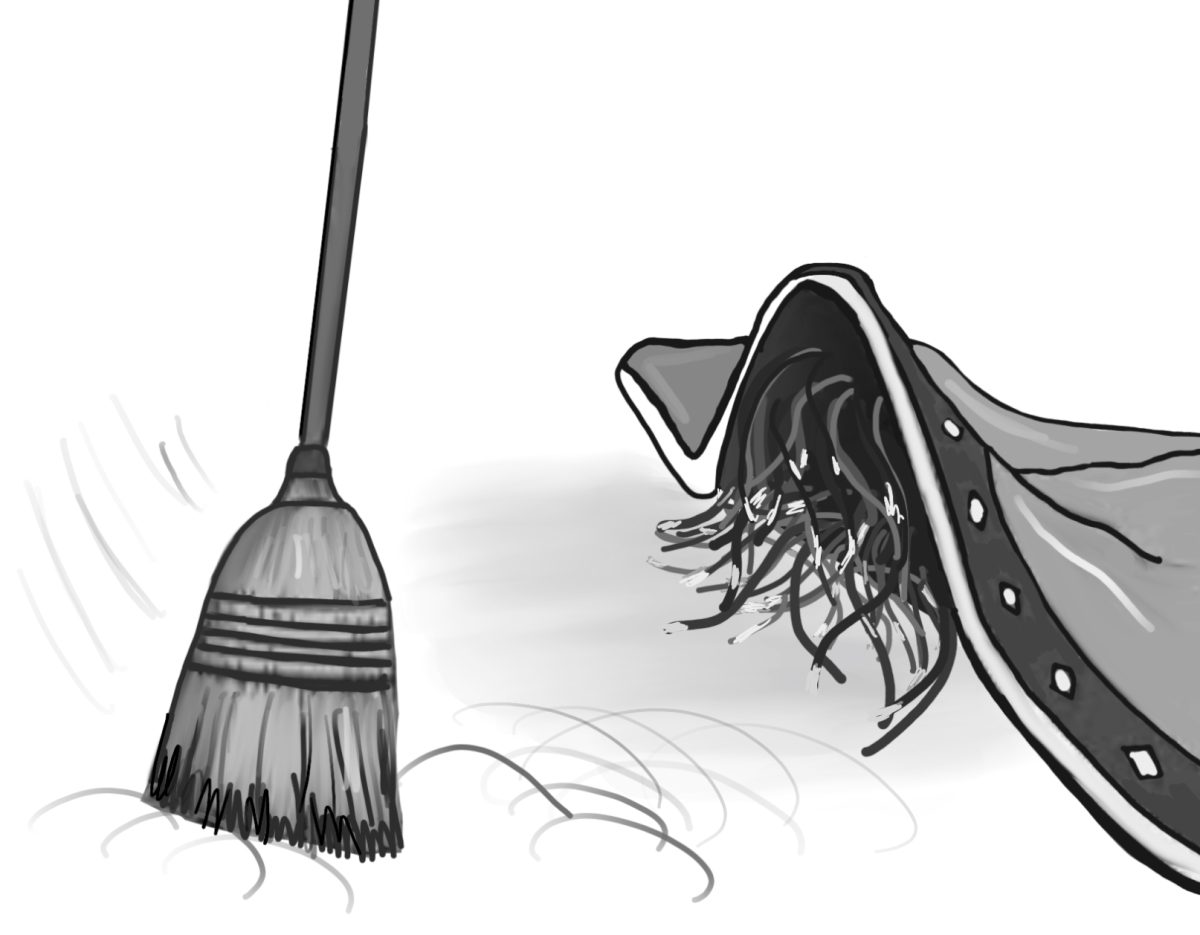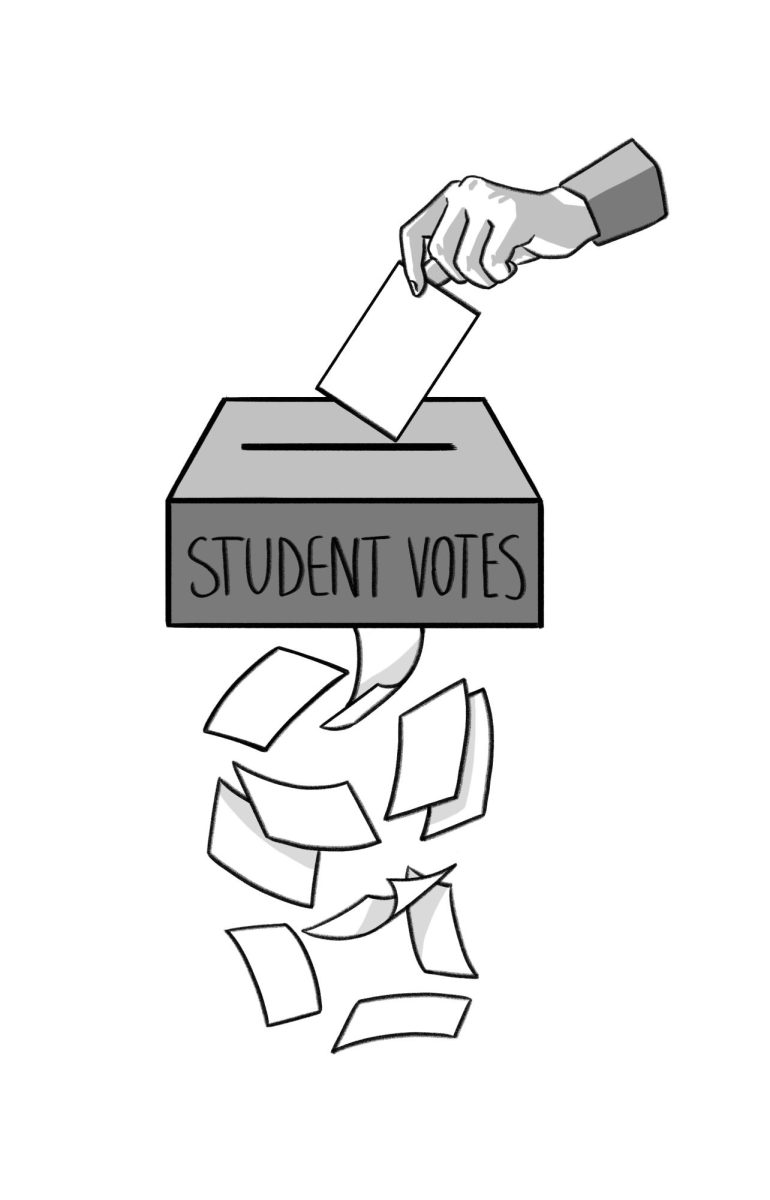On April 2 and 3, juniors will be taking the California Assessment of Student Performance and Progress (CAASPP) testing. The CAASPP evaluates students’ ability to meet the standard school curriculum adopted by California public schools, better known as Common Core. The CAASPP assessment is the only one to be mandated by the state of California. The assessment achieves this by testing students in math, English and science.
Many of us can recall taking these tests throughout elementary and middle school; when we hear the name, we are brought back to the familiar audio testing sounds playing from every computer, and to crowded classrooms that provide little chance to focus. Many of us resented these long testing days; they felt like punishment without a purpose. Students’ continued distaste for this assessment was evident last year, in which 79 percent of juniors participated in the English Language Arts test, 69 percent of the class participated in the math test and 58 percent took the California Science Test. While these rates might seem harmless, in reality, the state of California requires 95 percent participation in CAASPP testing and Redwood’s low rates can have severe consequences on both students’ futures and on the future of Redwood itself. It is crucial for students to take this test in order to better support themselves and their future.
One of the most common misconceptions about CAASPP testing is that the only purpose of the test is to determine California public school ranking. What students fail to realize is that CAASPP testing can also impact the students’ future academic careers. Many Redwood students go on to attend schools through the University of California (UC) or California State University (CSU) system, and students who display impressive scores on CAASPP tests can be exempted from taking remedial classes at UCs or CSUs. Remedial classes are classes at the high school level that don’t count toward a degree and act as review classes for students if their abilities are not properly assessed. College should be a step up from our high school careers, and simply reviewing the same topics we’ve already mastered doesn’t adequately prepare us for the careers we wish to pursue in the future.

For many who didn’t take the test, they assumed that their individual actions would matter little in the broader scheme of all those at Redwood. However, for schools that do not meet the 95 percent participation mark, when any one person refuses to take the test, their grade is marked by default as the Lowest Obtainable Score, or LOSS. This drags scores down and can harm the reputation of the school. While colleges may not see students’ individual CAASPP scores, these scores determine Redwood’s rankings. These rankings are provided to colleges and play a role in admissions decisions, as a school’s lower ranking can make grades appear less impressive. Additionally, schools that fail to meet yearly progress standards may not be able to access grants and other forms of funding, and after five years of failure, a school can close altogether.
Moreover, CAASPP results can affect housing prices in the surrounding area. Many who move to Marin County greatly take into account the grades of schools nearby, so when academically rigorous schools, such as Redwood, start suddenly dropping in their grades, families will be less inclined to move to the area. This decline in demand for housing leads to decreasing house prices.
That being said, there are many issues with the CAASPP system. Unlike other standardized tests, such as the Scholastic Aptitude Test (SAT) or American College Test (ACT), there is little incentive to perform well on the tests, as colleges do not look at the CAASPP scores of students applying. Similarly, given the fact that students are not mandated to take the test, CAASPP scores often do not accurately reflect students’ performance, but rather schools’ enforcement of participation.
However, the lack of participation in the test is not solely the students’ fault. Education about the true importance of the test has been confined to passing references in weekly emails. Few teachers have discussed its far-reaching impacts on Redwood’s performance and reputation. It is the responsibility of the Redwood administration to educate parents and students alike on the importance of these government assessments as well. Teachers should encourage students to take the test, with the knowledge that their scores will not hurt their grades and taking the test can only help the overall reputation of Redwood.
Parental education surrounding CAASPP tests is similarly essential for student participation. Many parents have previously signed off on their kids opting out of CAASPP testing, perhaps without the proper knowledge of what the consequences of their actions could be. It is key for parents to encourage their students to participate in testing, and for students to take initiative on behalf of their school and themselves.


















